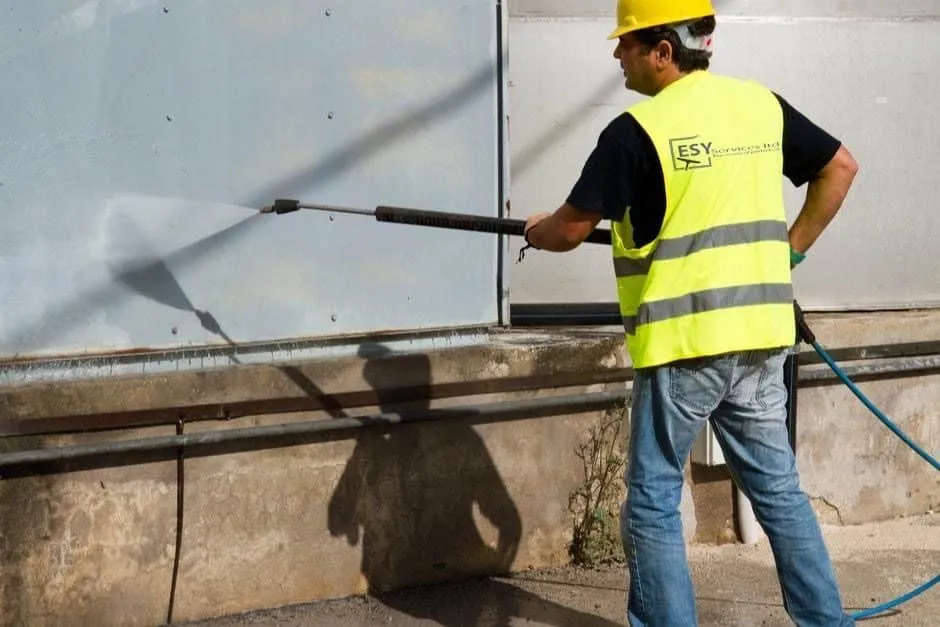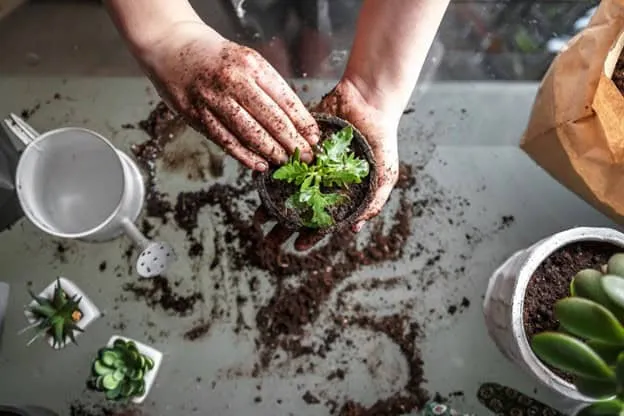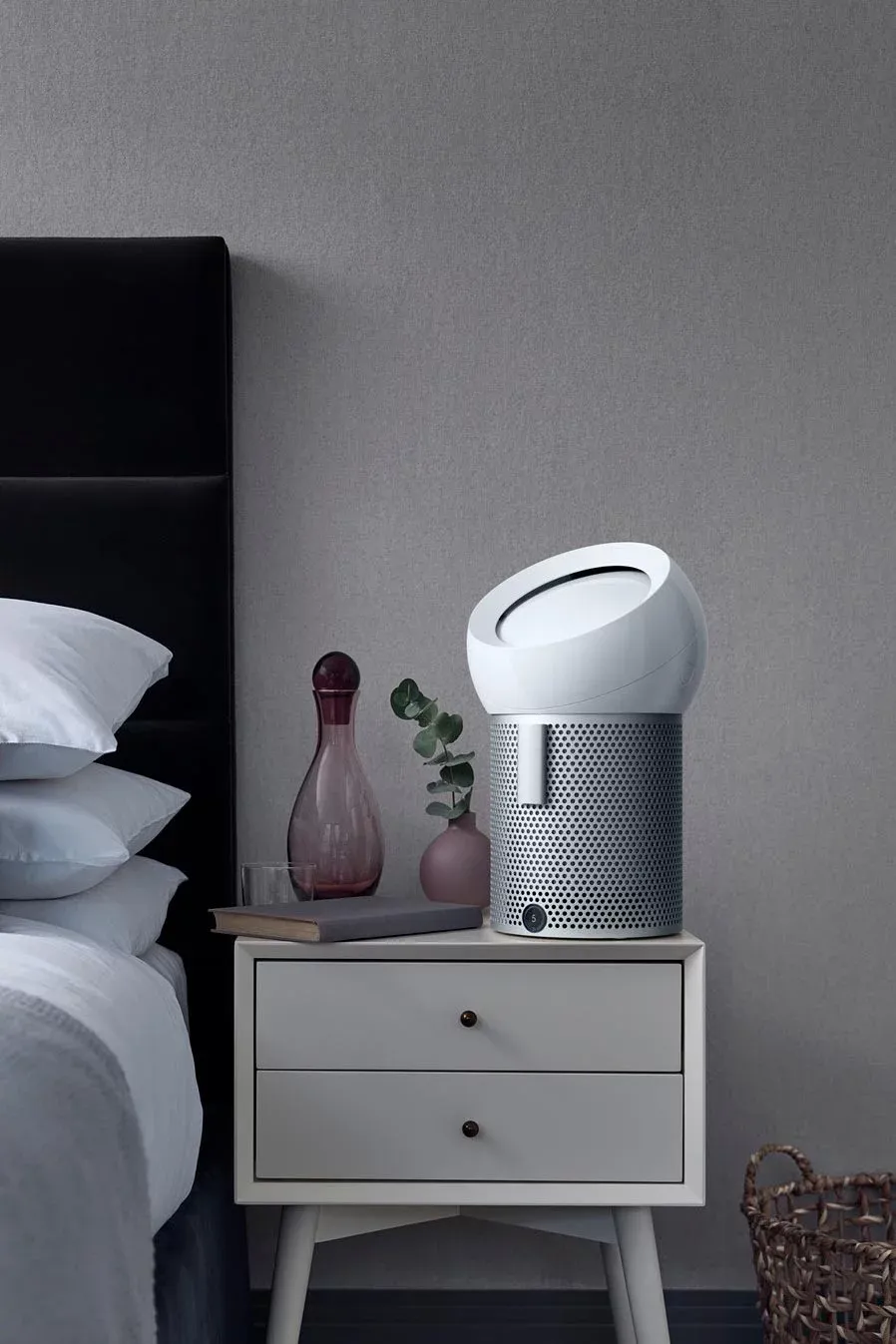There can be your advertisement
300x150
How to Filter Water from Your Own Well
If you recently bought a house with a private well or are considering another lifestyle outside of urban infrastructure, you may be surprised to learn that you'll need to filter your own drinking water.
The fact that the water source is deep underground or far from the city center does not guarantee it's free of pollutants such as bacteria, viruses, chemicals, and heavy metals — all of these can be highly toxic with long-term consumption.
In fact, some rural wells actually produce water that is much more polluted than a municipal reservoir or large river, while other wells have better quality water than public sources. As a result, many people living outside the urban grid conduct their own well water tests to ensure stable and safe supply.

If you want to join them, here's how to filter water from your own well in five relatively simple steps:
1. Understanding the Threats to Your Well
It's difficult to choose the best whole-house water filter for well water without knowing exactly what might be polluting your water. Depending on location, type, and depth of the well, possible contaminants vary widely — from blue-green algae to deep lead veins in the earth.
The easiest way to determine the type and amount of contamination in your well is by conducting a home test. These are available online, with test kits designed to detect the presence of common substances such as coliform bacteria, usually changing color depending on the contaminant.
Water composition testing can also be done by professional laboratories. Simply send a sample of your water to a testing company for a full analysis of its composition.
A more general way to understand what threats might be facing your well is a thorough inspection of the local environment. Are there many agricultural lands near your property? Then your well might be affected by fertilizer and pesticide runoff. Do you live in an area with frequent rain or floods? Then it may be wise to filter for volatile organic compounds (VOCs).
2. Find the Right Filtration Stages for Your Needs
The more you know about threats to well water, the easier it becomes to find suitable solutions that allow you to drink clean water. Most well water filtration systems are modular and consist of several different filters designed to remove various contaminants.
As a result, homeowners must choose the most appropriate filtration stages for their well and properly connect them into a complete whole-house filtration system. The most common well water filtration stages include:
- Sediment / Pre-filters. These filters contain large screens and mesh materials designed to remove dirt, sand, rust, and other small insoluble particles in the water. They are useful for cloudy water and wells dug into porous rock.
- Organic Contaminant Filters. As the most common type of home water filter, these filters can reduce and remove a wide range of dissolved substances, from chemicals formed by plant decomposition to heavy metals like lead.
- Bacteria / Virus Filters and Disinfectors. When removing pathogens and microorganisms from water, there are several options. One is adding chlorine and similar disinfectants directly into the well, then removing them during filtration. Another approach is using ultraviolet lamps to decontaminate bacteria and viruses causing diseases.
- Water Softeners / Conditioners. Since whole-house filters affect every faucet, showerhead, and plumbing equipment in the home, many people opt to install water softening or conditioning devices as well. Softeners add salts to the water, while conditioners alter the composition of hard water to prevent scale buildup.
3. Plan for Easy Installation
Most well water filtration systems can be installed without professional help, but the task is rarely straightforward and requires good planning to ensure smooth operation.
Water must be shut off or isolated for most of the day, so it's important to first ensure there is enough water in the house during installation. Spending a little time on proper tank and filter head placement will reduce the risk of overloading the filter housings and maintain water pressure through pumps, helping to keep faucets and showers working normally.
4. Monitoring and Maintenance
After installation and full flushing of the well water filtration system, it should immediately begin improving your water quality. At this point, it's important not to forget about the system but regularly check its effectiveness and how well it handles contamination levels in your well.
If the level of pollution is particularly high, additional filtration stages or more frequent filter replacement than recommended by the manufacturer may be required.
5. What Will Your Environment Look Like in the Future?
Finally, it's worth noting that unlike other basic utility services, the water network is constantly changing and evolving. As local and global conditions around your well change, consequences for water quality are inevitable.
Keep track of any major changes in your area, such as farm expansion or new residential developments. Additionally, test your well annually to see how the composition of your water changes and whether you need to review your filtration strategy.
More articles:
 How to Properly Clean a Velvet Sofa?
How to Properly Clean a Velvet Sofa? How to Clean Building Facade - Guide
How to Clean Building Facade - Guide How to Clean a Carpet Like a Professional: 6 Tips
How to Clean a Carpet Like a Professional: 6 Tips How to Deal with Soil Compaction in the Backyard
How to Deal with Soil Compaction in the Backyard How to Combine Tile and Parquet in One Room?
How to Combine Tile and Parquet in One Room? How to Cool Down Without Air Conditioning
How to Cool Down Without Air Conditioning How to Cool Down Your Home Without an Air Conditioner During Hot Weather?
How to Cool Down Your Home Without an Air Conditioner During Hot Weather? How to Properly Light an Open-Plan Layout
How to Properly Light an Open-Plan Layout